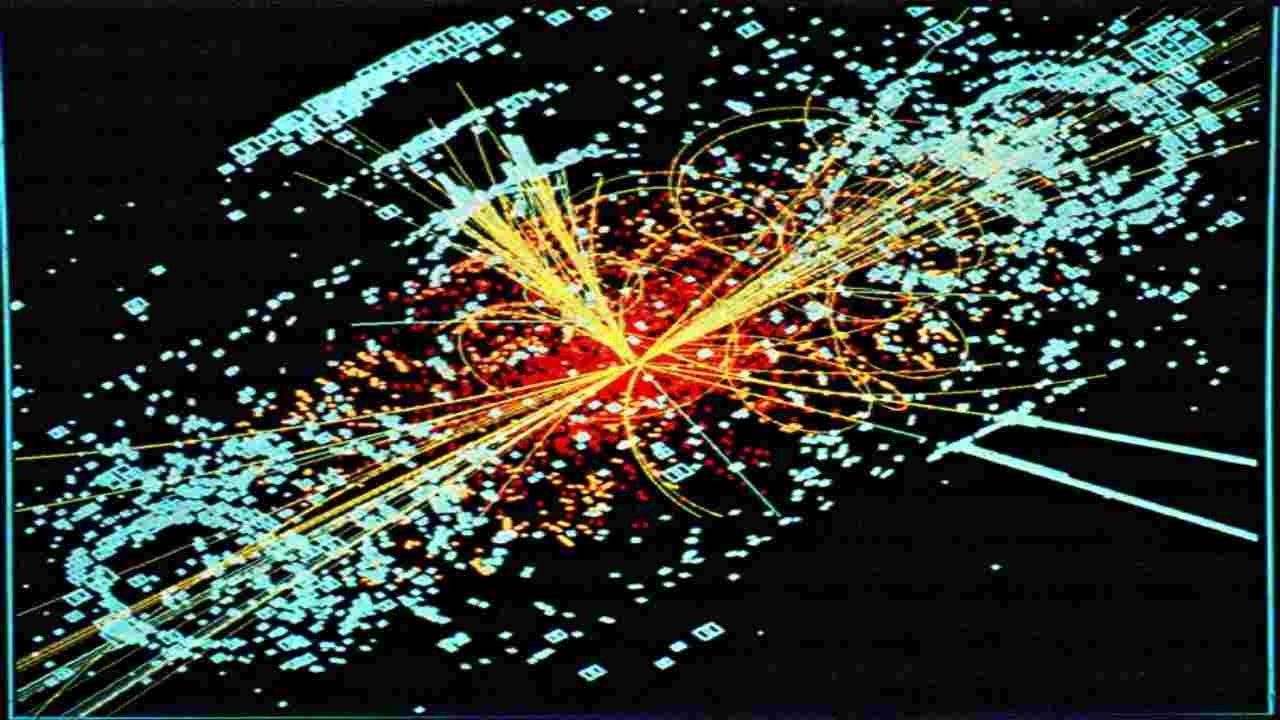In an extraordinary discovery, astronomers have identified a planetary system, not far from our Solar System, where six exoplanets orbit their star in a rare and harmonious resonance chain.

This system, centered around the star HD 110067, presents a unique and pristine configuration that has likely remained undisturbed since its formation over a billion years ago.
The star HD 110067, an orange dwarf located about 100 light-years away in the constellation of Coma Berenices, is now known to host a remarkable planetary system. Initially, NASA’s TESS exoplanet-hunting telescope detected signs of two orbiting planets in 2020. However, a subsequent investigation using the European Space Agency’s Cheops telescope revealed a more complex picture: a total of six exoplanets, all in a resonant orbital dance.

These six exoplanets, classified as mini-Neptunes due to their sizes ranging from 1.94 to 2.85 times the radius of Earth, exhibit a fascinating orbital pattern. Their periods are 9.11, 13.67, 20.52, 30.79, 41.06, and 54.77 days, respectively, forming resonances of 3:2, 3:2, 3:2, 4:3, and 4:3. This means that for every six orbits of the innermost planet, the outermost completes just one.
Orbital resonances, where gravitational influences align the orbital periods of celestial bodies, are not uncommon in our universe. However, the discovery of a chain of six exoplanetary bodies in such a configuration is exceptionally rare. This system is only the third known to exhibit such a phenomenon.
The pristine state of this system suggests that it has been free from major disturbances such as planetary migration, giant impacts, or close encounters with other stars. This stability over a billion years makes the HD 110067 system a valuable ‘fossil’ for studying planetary formation and migration mechanisms.
The significance of this discovery extends beyond the mere rarity of the phenomenon. The brightness of the host star and the extended atmospheres of most of its planets make HD 110067 an ideal candidate for transmission spectroscopy studies using the James Webb Space Telescope. This presents an unprecedented opportunity to delve into the nature of sub-Neptune planets and to understand the conditions under which such resonant chains form and endure.
This discovery not only challenges our understanding of planetary systems but also opens new avenues for exploring the dynamics of exoplanets. It underscores the diversity and complexity of planetary systems in our galaxy, offering a glimpse into the intricate and often surprising nature of the cosmos.
Reference(s): Research Paper





